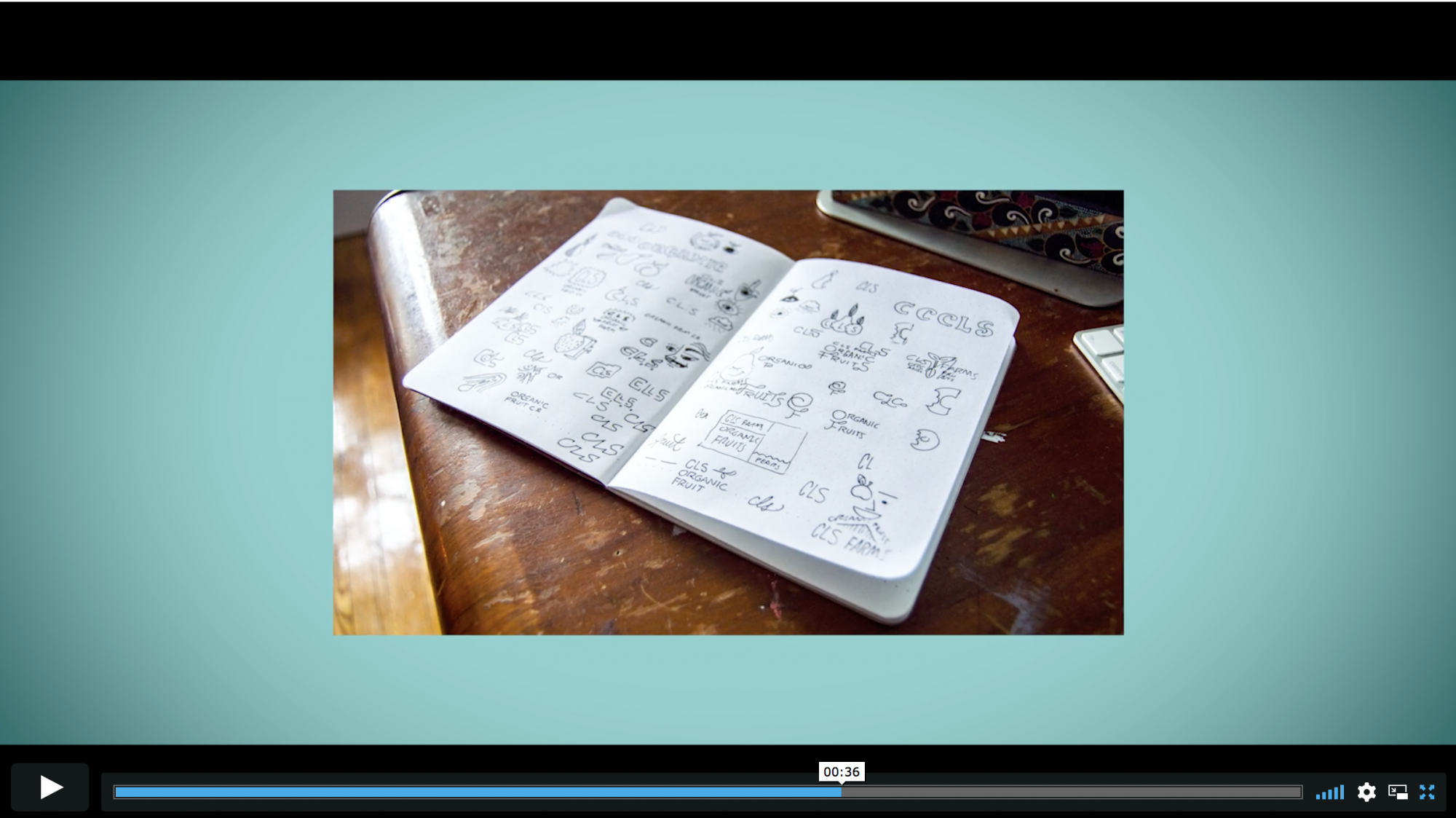Read the room: Communicating in times of crisis
How to market, moving forward. Click above to view recent communication from Paul Smith's College to students, parents, and alumni. After almost a month of remote work, following stay-at-home guidelines, we're finally seeing advertising that has been clearly influenced by a worldwide pandemic. For our part, we've been creating COVID-influenced content since February as part of our work for Glens Falls Hospital. Now, we're reframing all of our work to address the new normal.
Before-and-afters have always been a crowd pleaser, the idea of flipping a switch and making something or someone better is irresistibly tantalizing. We all want that instant fix, even if we know it doesn’t exist. There’s another kind of before and after; it’s the type that connects us. We are living through history, which is fundamentally true of any time. Still, at this particular moment, countries across the globe are watching, cheering for one another, and understanding that we have a shared threat and a common goal of survival. We are coexisting through the before and after of COVID-19. Communication is abundant. People are sharing both knowledge and worry, amplifying ideas and opinions; we are all seeking connection. Our reasons vary; for some, it’s an emotional need; for others, it is for revenue. Both are driven by a desire to survive. A crisis doesn’t change the reality that people and businesses need to make money or that human connection is a vital part of our health. If ever there were a time to consider your audience, that time is now. Given that so many people are stuck at home, the traffic on the Internet, and the amount of content being shared is staggering. If you operate the way we did way before COVID-19, chances are you’ll get lost in the roar of a million stories vying for attention. Each day we witness and buck against the new ways the pandemic is impacting us. Department stores have reopened against the essential-business only mandate, spring break crowds romp at the beach, churches conduct services in defiance of the stay-at-home orders, and people rant about the inconvenience of it all. The understanding of the gravity of the situation is not yet universal, nor is the adoption of accountability for personal actions. Brands are damaged by the disregard they show for the greater good.
Decisions are being made in real-time, based on data, because it’s all we have, even if we know that the data is incomplete. The missing element is deliberate consideration of the human side and the brand side. Survival for brands absolutely must include people. We’ve all heard the reminders to turn off auto tweets during a crisis or tragedy, but the truth is we always have to pay attention. UX and CX are not exclusive to websites and in-store experiences, every interaction with your brand contributes to perception and satisfaction. Let’s compare brand perception to COVID-19. We now know that there is a profound cause and effect for our actions, whether we are aware of it at the time. Asymptomatic people can transmit the virus and a person can contract the virus while presumably conducting social distancing and other healthful practices. As it pertains to brands, it is imperative that we acknowledge that brands and consumers interact without our direct involvement. Actions by employees, asides on social media, it all adds up to what your brand is.If marketers fail to consider their audience, whether from a pricing perspective, an engagement angle, or a fundamental why-do-I-matter, they will fail. For every brand unwilling to take these steps for relevance and authenticity, there are countless replacements standing in the wings ready to roll past you. Sometimes it just isn’t the time to sell.
Moving Forward with Communication:
Does your message match the moment?Consider whether you can switch from pitching a product or service to offering a solution.Is there an opportunity to combine your marketing with community efforts?Transition your motivation to be closer in line with what makes sense for the consumer.How does your brand help or participate in the greater good?Focus on what your product or service has to offer instead of pricing or promotions.Do you know how you make your customer feel? Shouldn’t you?Use softer and inclusive language. Employ critical thought and demonstrable empathy in your outreach.
We live in the same world in which we sell, the ebb and flow of our message must honor that. Top of mind awareness is great, but brands that are insensitive and oblivious will miss an opportunity to connect with people on a whole new level. When you honor your customers, recognizing their struggles and their desires, you participate in a different sphere of communication. Let your willingness to be human be a selling point.
This post was first published on the Future of Customer Engagement and Experience, and is syndicated here with express permission.
 .sqs-block-summary-v2 {
.summary-title-link,
.summary-heading {
font-family: archivo black;
font-weight: 400;
font-size: 2rem !important;
color: ffffff;
} }
.sqs-block-summary-v2 {
.summary-title-link,
.summary-heading {
font-family: archivo black;
font-weight: 400;
font-size: 2rem !important;
color: ffffff;
} }



